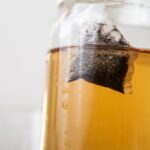We all know how to wash the dishes, mop the floor, and wipe surfaces, but when it comes to cleaning walls, a lot of us aren’t sure where to start!
Look no further—this guide will provide all the information you need to go about washing those walls!
First things first, what are you working with? The method you will use to clean your wall is going to be dependent on whether it has wallpaper on it, is painted, or unpainted, for example (don’t worry – we’ve got them all covered!).
You Will Need
- 2 buckets
- Sponges/cloths
- Duster (or vacuum cleaner)
- All-purpose cleaner
- Washing up liquid
- Distilled white vinegar
- Bicarbonate of soda
- Rubbing alcohol
- Borax substitute
- Salt
Questions to Ask Before You Start
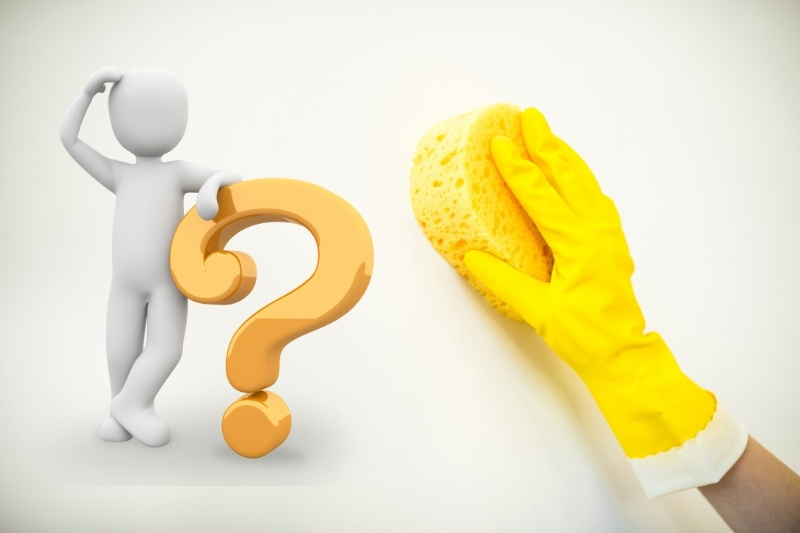
Before starting to clean your walls, you should consider the type of paint used and the kind of finish your painted walls have.
What sort of paint do you have?
Oil-based paint is generally more resistant to cleaning than water-based (aka latex) paint, whilst water-based paint is known to crack less.
What sort of finish do your walls have?
- Matte: Has a dry/chalky look to it. Be careful to not put a lot of pressure on this type of paint, and don’t use harsh chemicals, as this is likely to damage the wall.
- Satin/eggshell: Has a bit more of a sheen to it than matte walls, and is more durable when it comes to cleaning! Be careful not to add too much moisture though, and avoid any abrasive products!
- Semi-gloss: Has a shiny finish and withstands plenty of moisture. Most cleaning products are fine on this surface, but try to avoid the harsh chemicals.
- High-gloss: Also has a shiny finish (and is generally used on furniture). This is the easiest type of paint to clean – just opt for a detergent or degreaser!
How to Clean Latex/Water-Based Painted Walls
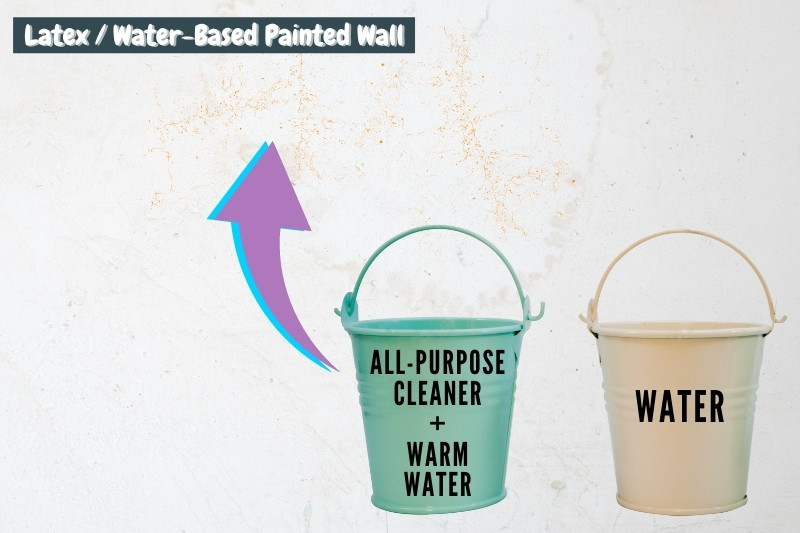
- Remove the dust – Use a duster and/or vacuum to remove all of the dust and cobwebs. It’s best to start from the top. Make sure you stand on something sturdy and are well-balanced whilst you’re up there!
- Make a cleaning solution – Fill 2 buckets, one with all-purpose cleaner and warm water (1 tsp per litre of water) and the other with just water.
- Wipe down walls – Dip your sponge/cloth in the cleaning solution (first bucket) and squeeze it until water is no longer dripping from the sponge. Start at the top of the wall and work down in small sections. Remember to regularly put the sponge back into the cleaning solution throughout!
- Rinse walls – Use a second sponge to dip into the second bucket (just water), squeeze until water isn’t dripping from the sponge, and wipe away any soapy residue leftover on the wall.
- Attack the dirt! – To remove any smudges that haven’t shifted, dip a damp sponge in some baking soda and gently rub the stain. Rubbing alcohol is another good option for any dirt around switches and doors. Don’t forget to turn off any switches that you’re cleaning around!!
How to Clean Oil-Based Painted Walls
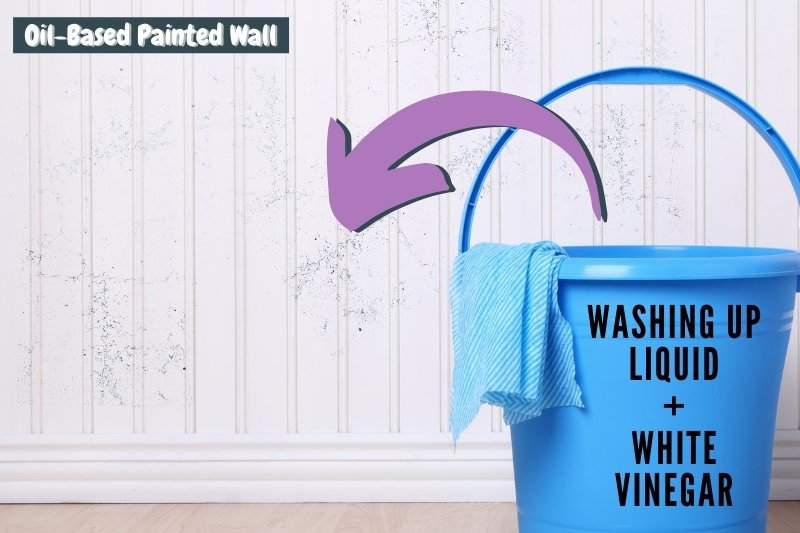
- Remove the dust – Same method as above!
- Mix together a cleaning solution – Slightly different to before. This time, in one bucket, add 1 tsp of washing up liquid and 1/2 tsp of distilled white vinegar per litre of warm water. Just water in the second bucket.
- Wipe down walls – Use the same method as above.
- Rinse walls – Use the same method as above.
- Attack the dirt! – Add 2 tbsp of borax substitute to the cleaning solution if the walls are particularly dirty.
Cleaning Other Wall Surfaces
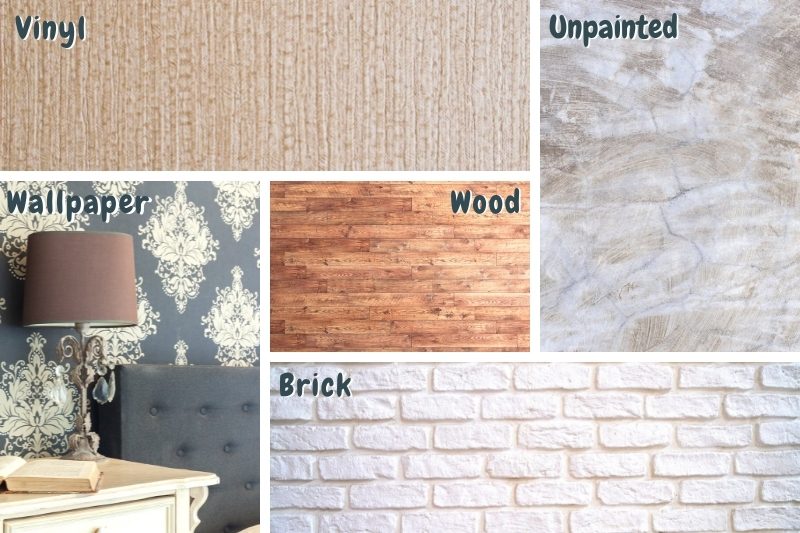
Other surfaces are pretty similar to painted walls really! For wooden, unpainted and wallpapered walls, make sure to dust them off before using warm soapy water to wash down the walls.
For vinyl-coated wallpaper, it’s better to use a vinegar mixture (1/2 tsp distilled white vinegar per litre of warm water). Remember to squeeze the sponge so water doesn’t drip everywhere! If soapy water isn’t able to get rid of the tougher stains or mould, switch to a vinegar mixture to scrub those off.
Specific mould and mildew sprays are also available to buy in places like Wilko, or the supermarket.
Crayon and marker stains (left by imaginary friends apparently) may need a liquid solvent cleaner to completely remove the marks. Finish the job by rinsing the walls with clean water!
Brick walls require more of a paste to clean them. You can make this by mixing a cup of washing up liquid and a cup of salt together.
Start by dusting the walls, and then get to work with the mixture! Spray water on the wall to dampen it slightly and work in small sections, moving from top to bottom.
Leave the mixture on the wall for approximately 10 minutes, then remove any excess paste with a clean damp cloth.
Once everything has dried, remove any remaining paste with a vacuum cleaner – preferably with a brush attachment, but this isn’t mandatory.
Top Wall Cleaning Tips
- Spot test first! This is especially important on matte finishes, which are easily damaged.
- Work on stubborn stains after washing your walls. This will save you time, as the cleaning solution has had time to set in and start the cleaning process!
- Move furniture and cover floors (and any furniture that’s still nearby). That way, dust shouldn’t fall onto them, and any spillages of cleaning solution won’t be an issue.
- Clean once or twice per month for best results. Try to clean stains as soon as possible though!
Let’s be honest, cleaning walls isn’t the most entertaining job in the world. But it has to be done, so put on your favourite podcast or playlist, work through these steps, and you’ll be done in no time!

Hi, I’m Bron. I’m an elite endurance athlete, love the outdoors and anything involving food! All of which have the potential to make a mess! I don’t have a huge concentration span (and like to use the excuse of being too busy), so go for quick and easy cleaning methods where possible!


